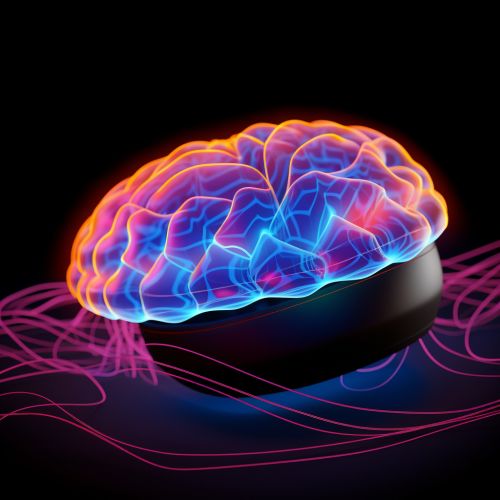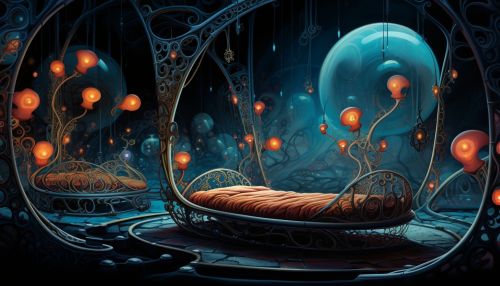The Science of Sleep and Dreams
Introduction
Sleep and dreams are integral aspects of human life, yet they remain some of the most enigmatic and fascinating areas of scientific study. The science of sleep and dreams encompasses a wide range of disciplines, including neurobiology, psychology, and physiology. This article delves into the intricacies of these phenomena, exploring the biological mechanisms, psychological implications, and physiological processes involved.


The Biology of Sleep
Sleep is a complex biological process that involves a multitude of physiological changes in the body. The study of sleep is often referred to as somnology, a branch of science dedicated to understanding the mechanisms and functions of sleep.
Sleep Stages
Sleep is divided into two main types: REM sleep and NREM sleep. These stages are differentiated by distinct brainwave patterns, muscle activity, and eye movements.


NREM Sleep
NREM sleep is further divided into three stages: N1, N2, and N3. Each stage is characterized by specific brainwave frequencies and associated physiological responses.
REM Sleep
REM sleep, often associated with vivid dreaming, is characterized by rapid eye movements, increased brain activity, and temporary muscle paralysis.
Sleep-Wake Cycle
The sleep-wake cycle, also known as the circadian rhythm, is a 24-hour internal clock that regulates periods of sleepiness and wakefulness. It is influenced by external factors such as light and temperature, as well as internal factors like hormones and genetics.


The Psychology of Dreams
Dreams are a universal human experience, yet their purpose and meaning remain largely a mystery. The study of dreams, or oneirology, involves the exploration of dream content, dream recall, and the relationship of dreams to waking life.
Dream Theories
There are several theories about why we dream, including the Freudian theory of dreams as wish fulfillment, the activation-synthesis hypothesis, and the threat simulation theory.
Dream Content and Interpretation
Dream content can range from the mundane to the bizarre. Some psychologists believe that dreams can provide insights into our subconscious thoughts and feelings, while others view them as random byproducts of the brain's activity during sleep.


Physiological Processes During Sleep
Sleep affects nearly every system in the body, from the brain to the immune system. This section explores the physiological processes that occur during sleep, including hormone regulation, brain activity, and cellular repair.
Hormone Regulation
During sleep, the body releases various hormones that play crucial roles in growth, metabolism, and stress regulation. These include growth hormone, cortisol, and melatonin.
Brain Activity
Despite the state of rest during sleep, the brain remains highly active. Different stages of sleep are associated with specific patterns of brainwaves, reflecting varying levels of brain activity.
Cellular Repair and Restoration
Sleep provides the body with a critical period of rest and repair. During sleep, the body performs various restorative functions, such as muscle growth, tissue repair, and memory consolidation.


Conclusion
The science of sleep and dreams is a vast and complex field that continues to evolve with ongoing research. Understanding these phenomena not only provides insights into our biological and psychological functioning but also has significant implications for health, well-being, and disease prevention.
